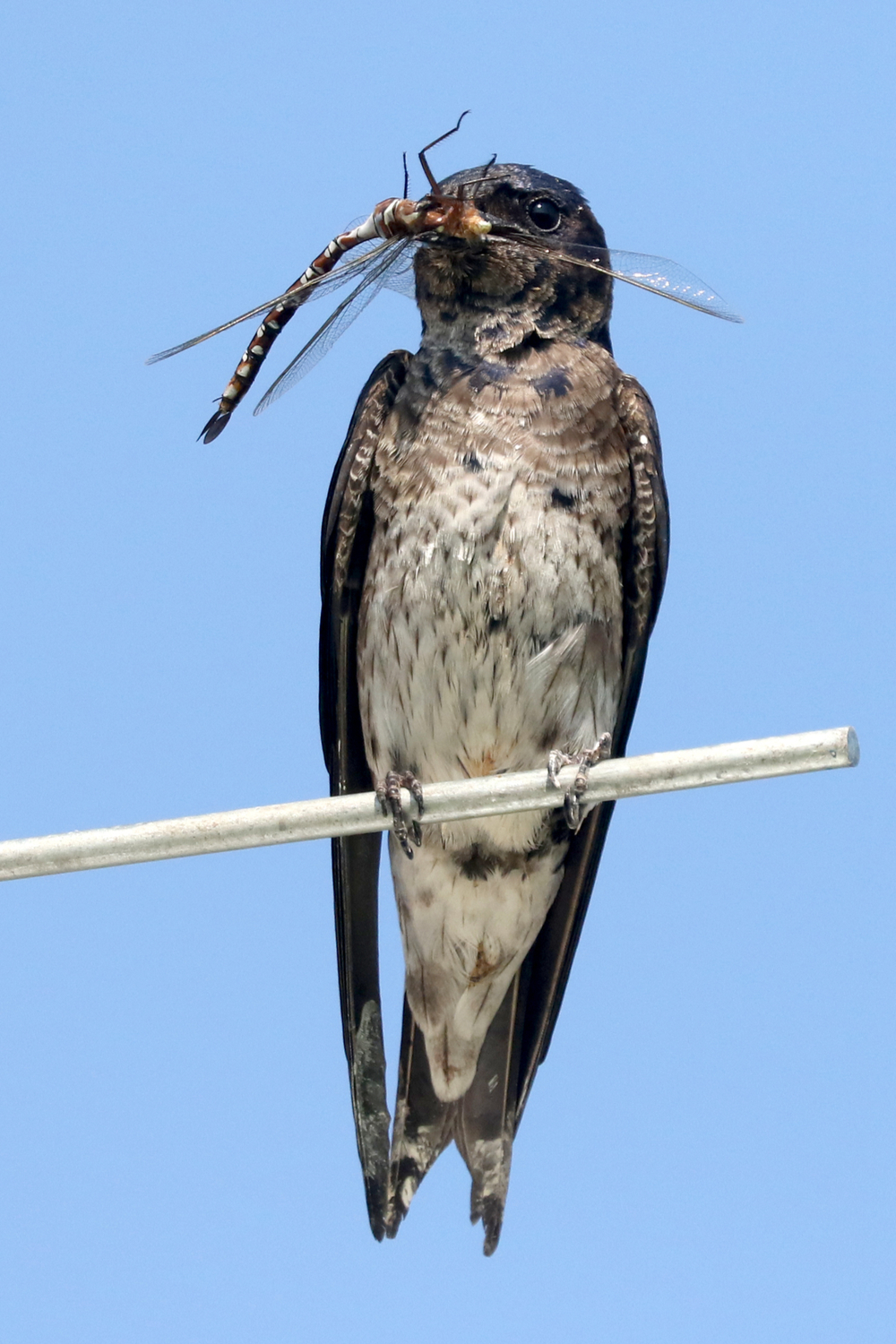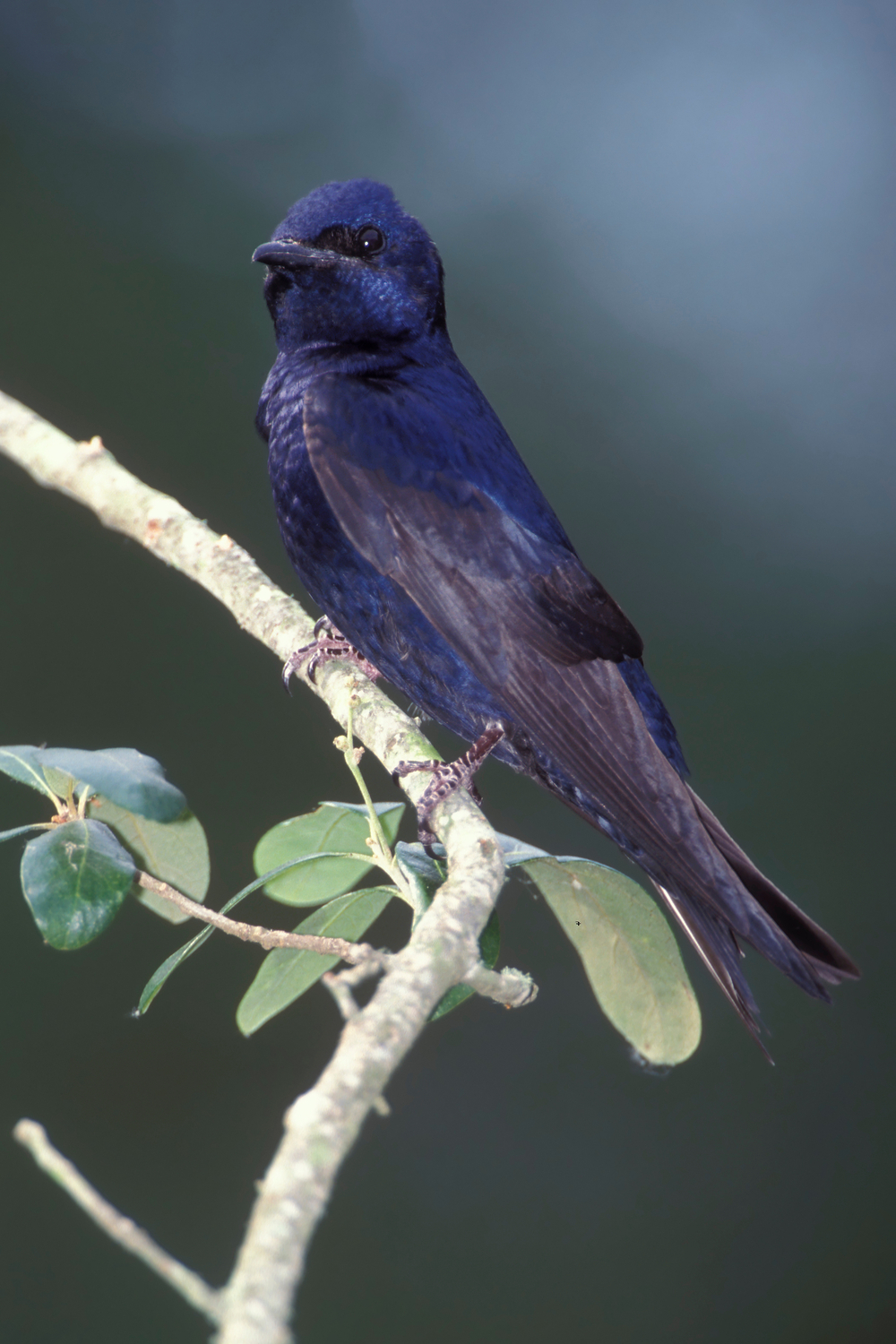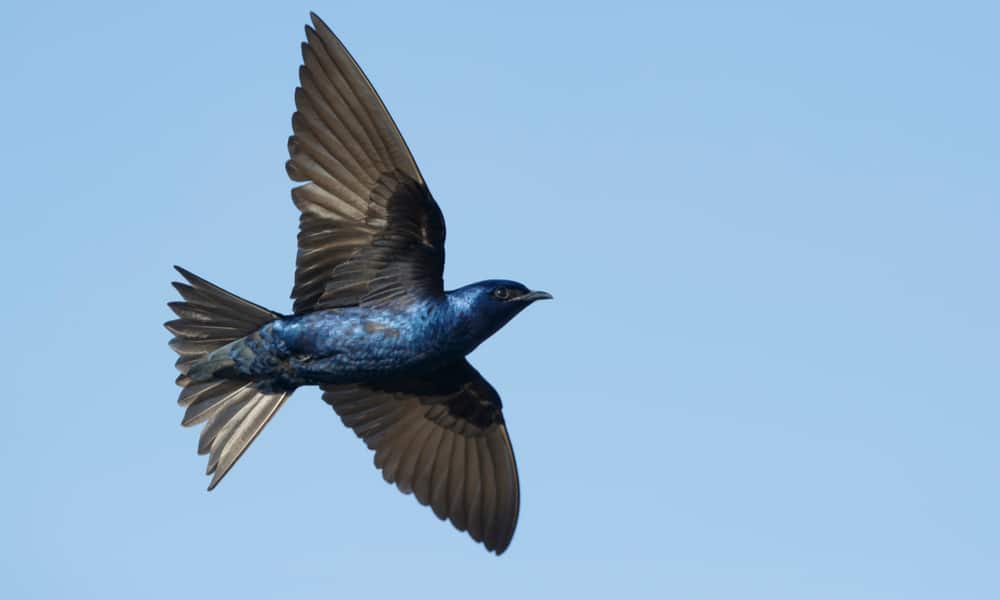Do you ever wonder what every purple martin bird eats to make them sing well every day? What kind of food makes them fly for long and at high speeds?
Well, you are in the right place for the answers. In this article, we’ll talk about what purple martins eat. Are you excited? Let’s start with what they eat while in the wild.
What do Purple Martins Eat in the Wild?

While in the wild, no one takes care of these birds. Through their large flocks, they every time seek what to keep them going with their lives.
What these birds eat may interest you. But first, read on to see their eating habits.
Eating Habits
Like many wild animals, purple martins are opportunistic hunters. Their plan entails many short and fast chases of prey.
Also, purple martins don’t plan for long hunting of big prey. It’s through this mode that they every time succeed in getting food.
These wild birds eat insects most of the time while in the air. At times, they may go low on the water cover to get their food. Don’t get a shock if you see them flying very high to eat.
When they come to your backyard, these birds walk on the ground to eat insects. This act will be present especially during tricky weather events.
A mature purple martin bird can only go a day without taking food. If it goes beyond two to three days, the bird can lose its state.
When eating, these birds can feed the chicks even up to 60 times a day. They’ll bring many insects to the nests, which have many proteins and other nutrients. It helps the young ones grow very fast.
Remember, they can turn your beautiful garden to be their home. You can make that place a heaven. So, they’ll adjust their eating habits when you start to feed them.
The Foods that Purple Martins Eat in the Wild
As they spend most of their lives in the wild, these birds eat many things. It’s what helps them grow, sing, and fly fast. So, below are the things that these wild birds eat.
- Purple martins eat insects most of the time. When the weather favors them, they’ll eat the insects that fly high. But when times aren’t lovely, they’ll eat insects that fly low.
It helps them adapt to every event of their lives.
- Expect them to eat dragonflies and locusts every time. Well, first, it’s because they tend to fly high.
- Eating dragonflies adds more proteins to these birds. So, with the many proteins, it allows them to grow and develop fast.
- Also, the dragonflies help these birds create a strong immune system. It means that the birds can adapt many weather changes. They’ll now have a long life span.
- Dragonflies and other insects that fly high being part of their diet allow them to lay more eggs. So, the purple martins can have young and healthy ones.
- Purple martins also eat the insects that fly low. They include mosquitoes, grasshoppers, bugs, crickets, and even butterflies. It helps them live through tough weather seasons.
- These wild birds also eat oysters and eggshells. It gives them more calcium for strong bones. Also, calcium helps them lay eggs with strong eggshells.
- The young purple martins eat the oyster shells as grit. These materials help them digest their food.
- While in the wild, these birds can’t eat seeds. It’s because of their way of hunting for food.
- But if the weather in the air isn’t lovely, they eat the grains. These foods help them grow and develop their wings and power.
- As they come to the waters, these birds must take water. Though, they take less water. But when the temperatures are high, purple martins will take more water.
- Remember, they’ll only take clean water. It shows that purple martin birds are very clean.
Facts about Purple Martin Birds
Do you love to hear things about wild birds? Then, what you’ll learn about purple martin birds will make you want to see them around you every day. Other facts might be myths.
But not to worry. Here you’ll get everything true about purple martin birds. So, read on to see the exciting things. We’ll start with facts about their biology.
Biology
- An adult purple martin is 7 to 8 inches long. It’s to allow them to have an easy flight in the air. Their wings are 15 inches wide.
- In North America, they form giant swallows. You can get 90 purple martins flying together.
- Not every purple martin bird has the purple color. The adult male purple martins have this purple color on the bellies and black feathers on the back. The females have this color too but with a touch of grey.
- The young females look like male adults but without the blue touch on the back. Young males also look like females but have some black patches on their chests.
- Also, you’ll find most of them with dark blue or black plumage. So, these birds can appear blue, green, or very deep purple, depending on where you look at them.
- Remember, the colors make it easier to identify the males and females in a flock. They also fly in quite a different way.
- Hatching of the young ones from eggs happens between 2 to 3 days. After hatching, the chicks leave the nests after 26 to 30 days. The oldest purple martin to ever live had 13 years.
Habits

- Together, these birds sing well. They can rattle or croak. They sing when the sun rises. Also, they’ll make a melody when it’s time for them to breed.
- These birds migrate with an order. There won’t be any confusion during the event.
- Purple martins move in different times, age sets, and genders. So, expect the older male ones will fly away first. The older females then the young ones will come last.
- The males migrate first to make sure that the nests are safe. They do this when looking for a place for the females to breed.
- Even when flying, they like to be together as a family. A nesting group of these birds can have 100 pairs.
- Also, purple martins can move from north to South America. It happens during the winter. Remember, this event takes 2 to 3 months. These birds will keep resting and eating along the way.
- If the weather is nice, these birds make many roosting groups. Inside each roost, you’ll find tens of thousands of purple martin birds.
- Both male and female purple martin birds take part in feeding the chicks. It’s something that isn’t common among other wild animals.
- Weather interrupts the lifestyle of these birds. The long times of cold, rain, hail or fog make them not eat insects. If such weather stays for long, they can even die.
- So, when there are rains, you won’t see them flying high in the air. The birds come down to look for the insects that live in the soil on the ground.
- They love the air so much. These birds only like to touch the ground when picking items to make their nests.
- Purple martin birds are friendly and social to humans. If your garden is clean and with trees where these birds can stay, be sure to see them coming.
- The friendship between these birds and people is old. Back in time, North Americans would make gourds to attract these birds. People had the hope that the birds would keep the insects and pests away from their crops.
- Even today, the purple martins from east America depend on the cages that people make. Though, the ones from north and west America still love the wild.
- These birds are loyal to their nests. Even after moving out for a year, purple martins can come back to their first nest. That will only be if the nest still suits them.
- Purple martins move at high speed. They can fly at speeds of 40 km/hr. Only a few birds like an eagle can do that.
- Before getting to the nest from the air, these birds dive at high speed. During this time, the wings remain tucked.
- Also, while hunting for prey, they do stunning aerobatics. Purple martins flip and glide.
- The birds also have enemies. They don’t get along with the European starling and sparrows.
- These two birds hate purple martins. It means they can attack or kill them. Expect them to fight for both food and nests.
- Besides having enemies in the air, purple martins also have enemies on the ground. They don’t get along with snakes and owls. These enemies tend to eat the birds or attack their nests to eat the young ones or eggs.
Conclusion
Most purple martin birds love the wild. Yes, you can keep the home as your pet. But they like to stay in the air and wild.
These birds love to eat insects. They eat the ones that fly high in the air. Purple martins eat the prey on the ground at rare times.
So, have you thought of keeping purple martins in your home even if they are wild? Do you know of any other way they feed? Please share your thoughts with us.
